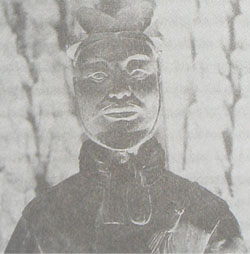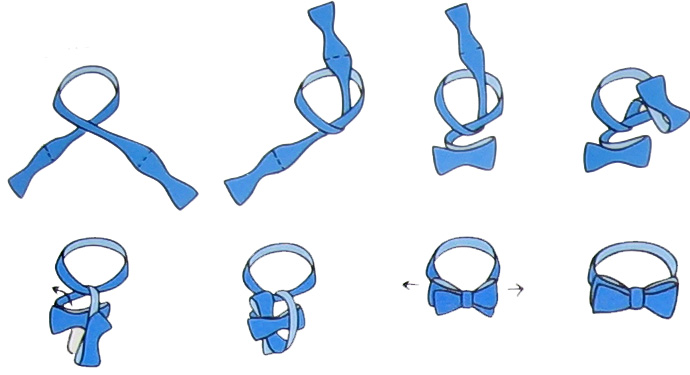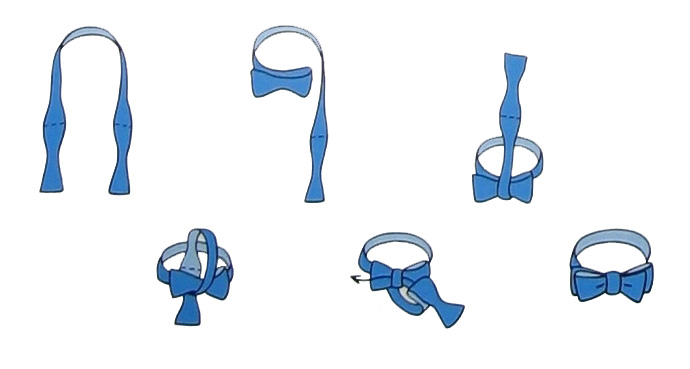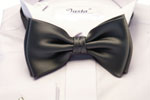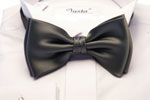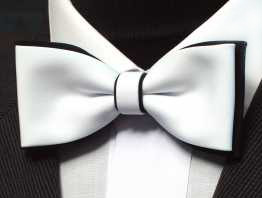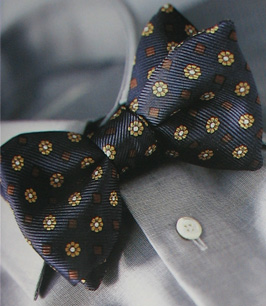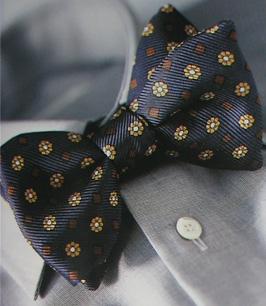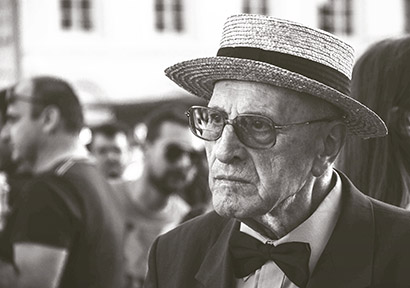We discover the first forms of the tie in the tomb of the first Chinese emperor, Qin Shih-huang-di living in 259-221 p.n.e. It was the imperial army of seven and a half thousand terracotta soldiers who wore scarves, which with their binding resembled a simple knot. …
Classic bow tie binding
A classic bow tie is best suited for formal occasions, for tailcoat or tuxedo. Perfect for the biggest celebrations. We wear a black or white bow tie for the most elegant outfits.
Thanks to the technique of tying a classic bow tie, the ribbon acquires a narrow waist, co czyni ją eleganckim dodatkiem do stroju …
A simple bow tie tie
The bow tie as a neck ornament was born during the Regency period. Initially, quite large flies were tied. Gradually, until the 19th century, it was diminishing in size. Until our times, two of its varieties have remained in fashion. Zwykła mucha to idealna ozdoba dla mężczyzn …
The story of the bow tie
The principles of early Victorian fashion limited the possibility of wearing a large and elaborately knotted tie, because they ordered jackets to be fastened high up around the neck. An increasing number of tie-wearing gentlemen claimed, że nie mogą poświęcać długiego czasu na wiązanie krawata i w związku z tym potrzebują …
